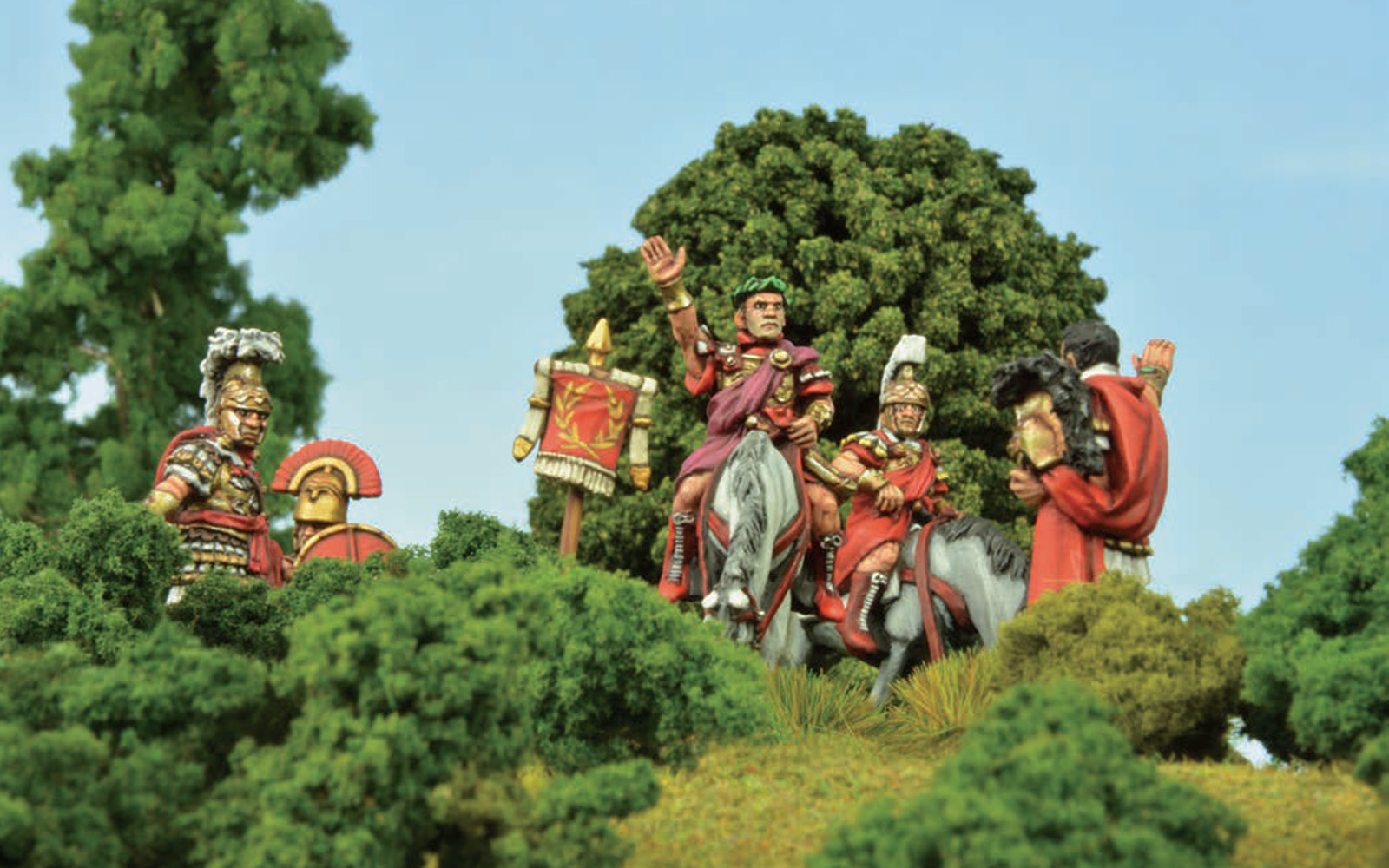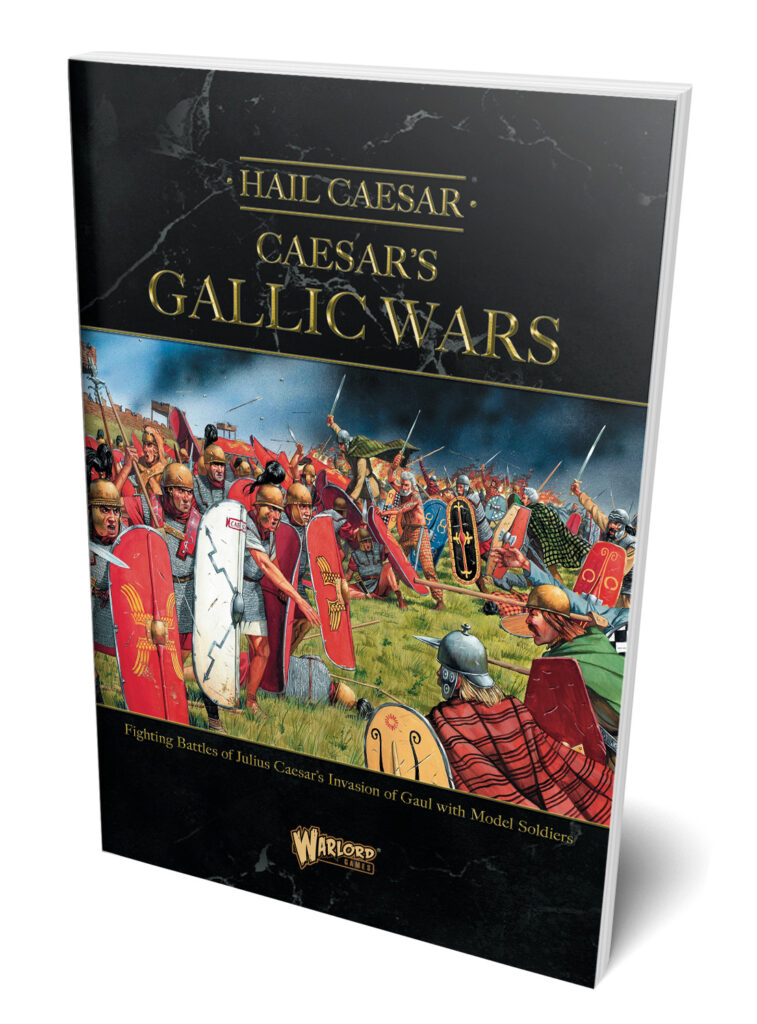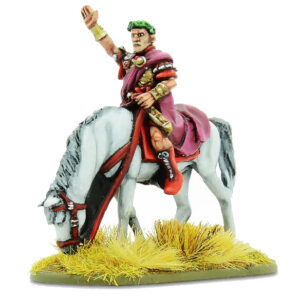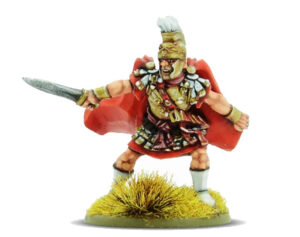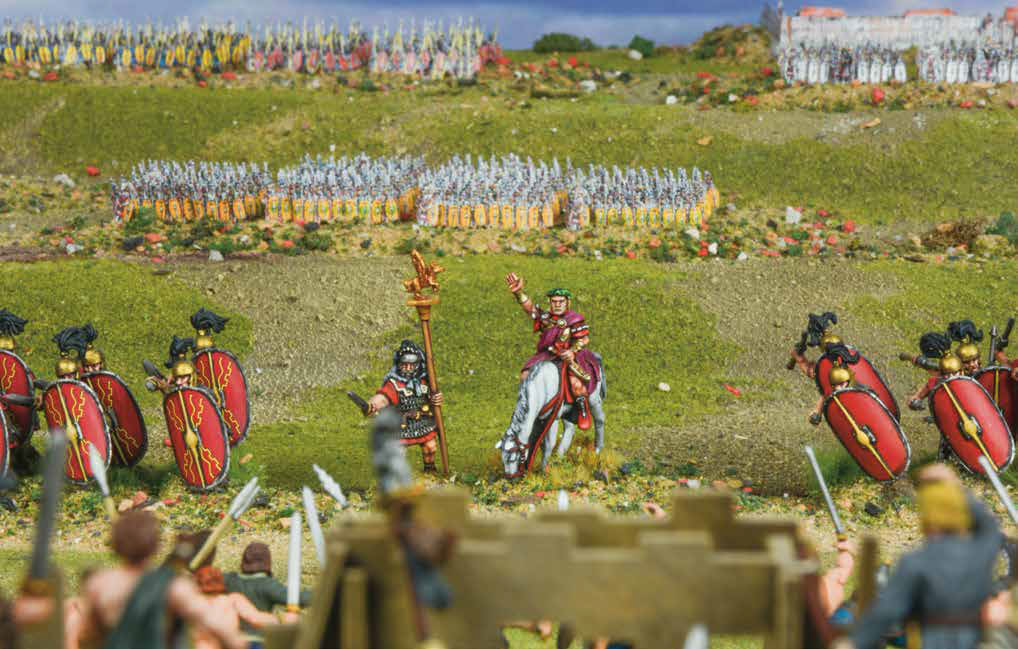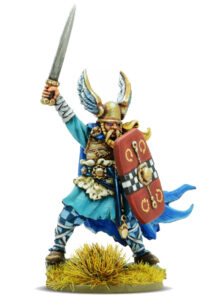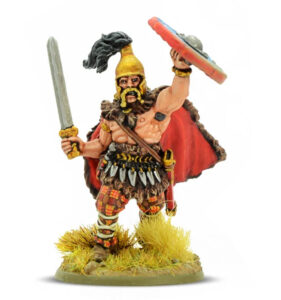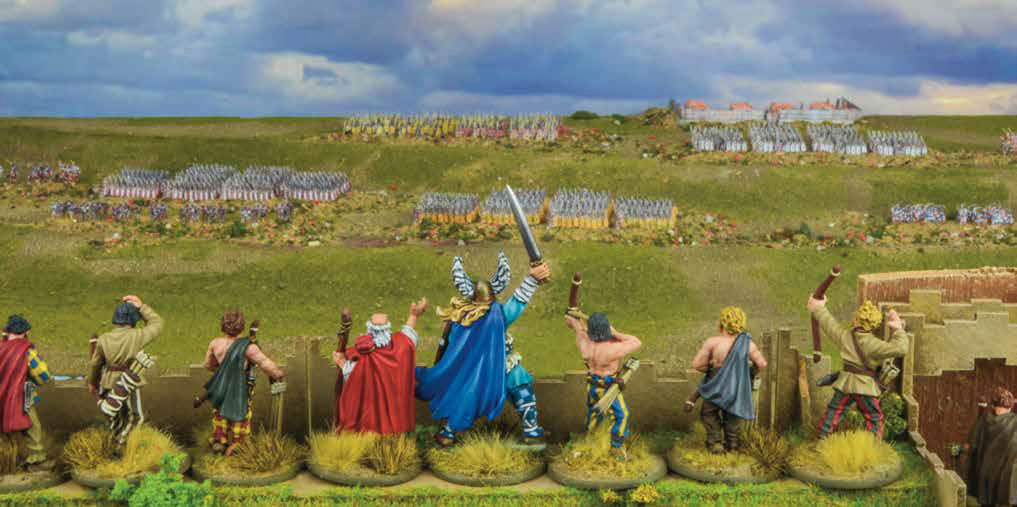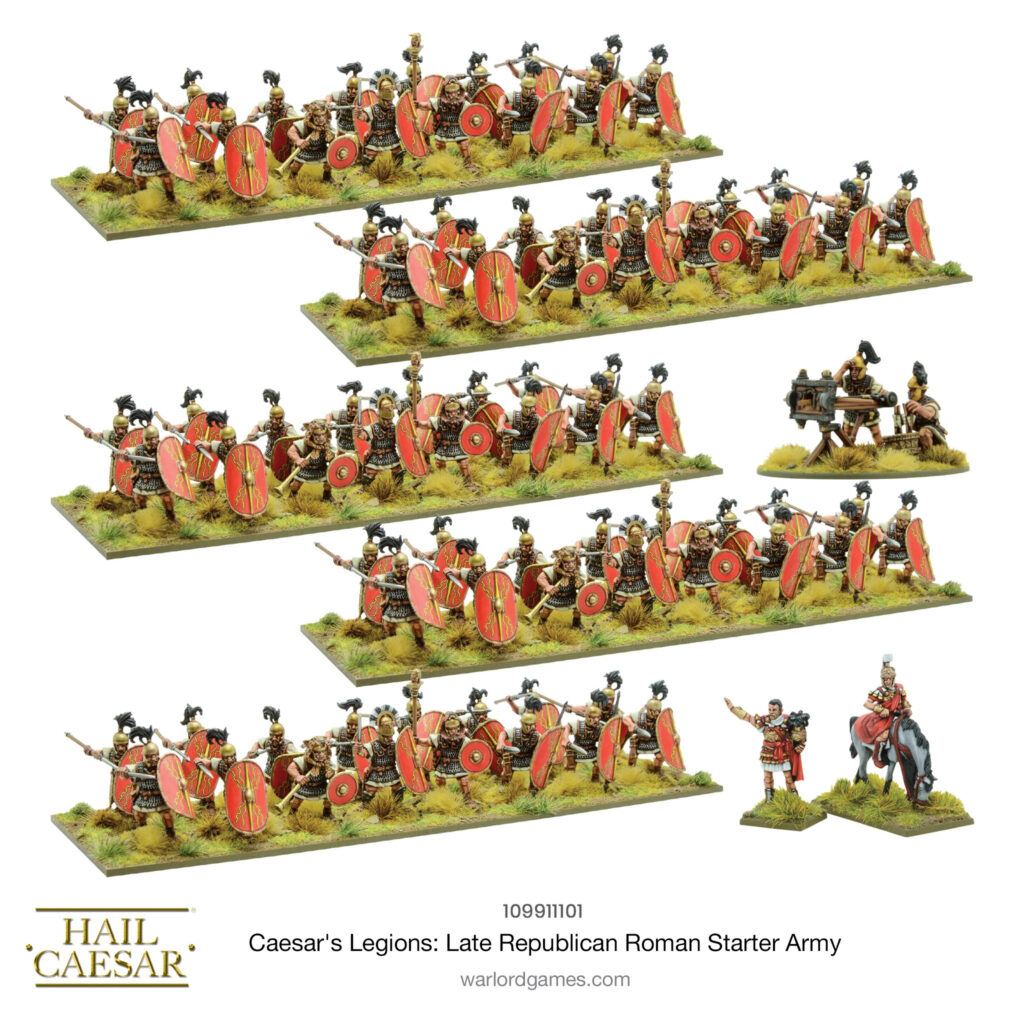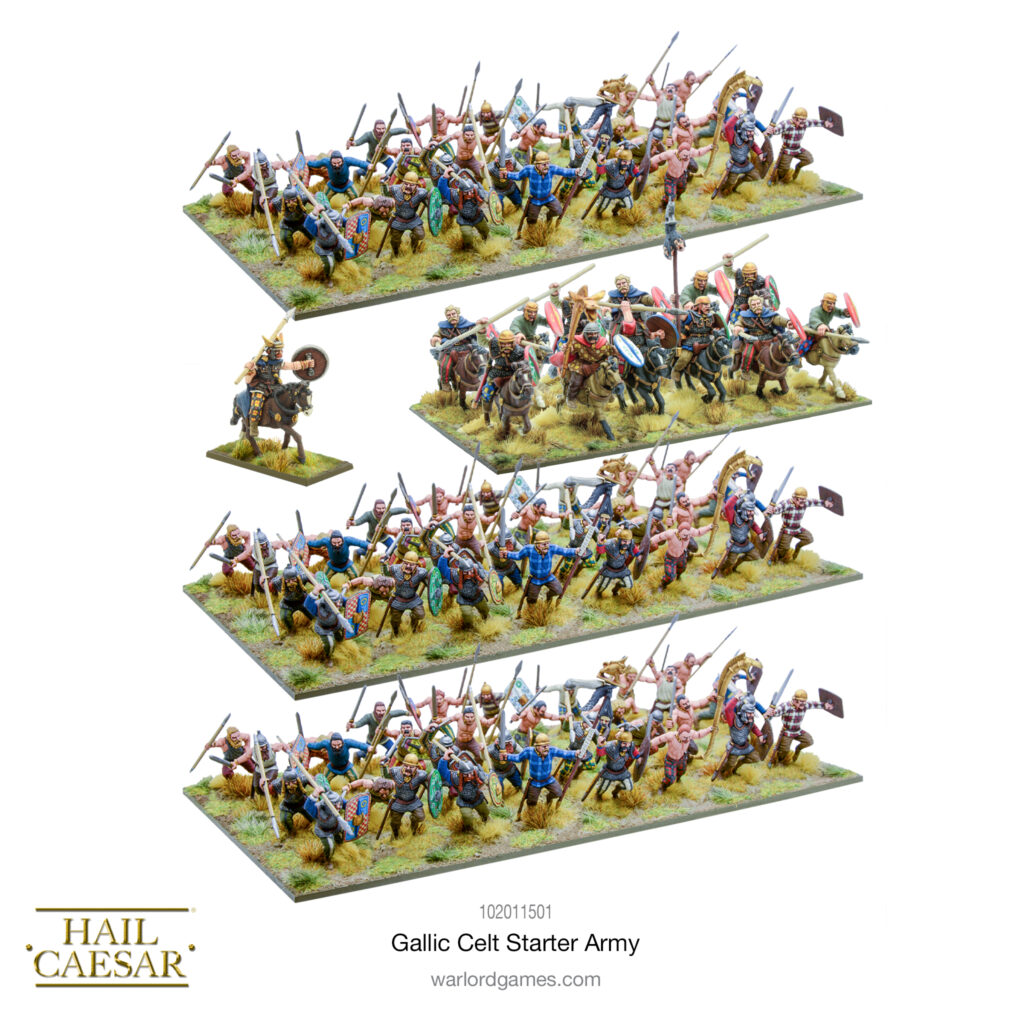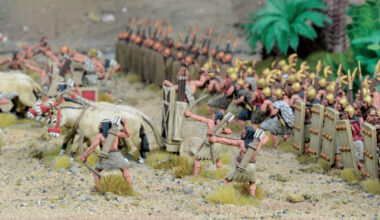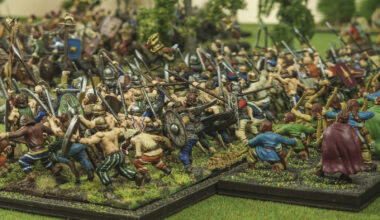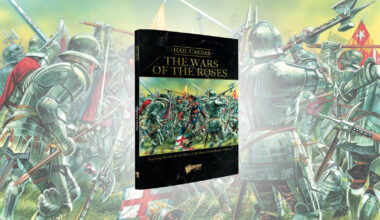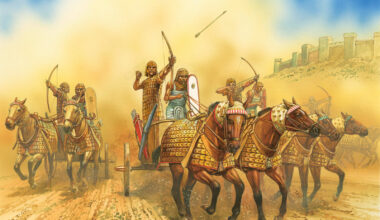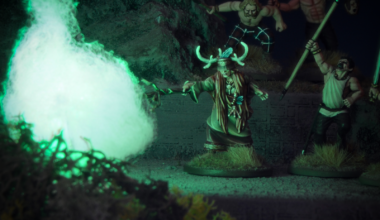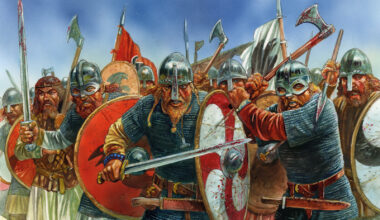Ancient warfare often suffers from a severe case of ‘written by the victors’, and of course the campaigns of Gaius Julius Caesar are no exception – his book on the wars in Gaul has an awful lot of ‘look at how great I am’ in it! Naturally, this also extends to bigging up his opponents – but not too much! While for historians this can be endlessly frustrating as they try to separate fact from fiction, for us wargamers it’s great – who doesn’t love a big personality to lead their troops on the tabletop? Caesar’s Gallic Wars is packed full of these larger-than-life characters, providing us with brief biographies, details of their more famous (or infamous!) exploits, and placing them in the context of their greatest battles of the wars. While there are far too many of them to discuss in full here, I’ve picked some highlights to talk about in a bit more depth!
Caesar’s Legions
We’ll start with the big cheese himself – Julius Caesar. Given that he quite literally wrote the book on the Gallic Wars, and his name’s in the title of the newest Hail Caesar supplement, it’s no surprise that he’s something of a ‘main character’ in it! Armed with a Leadership of 9 in his earlier campaigns and 10 as his career progresses throughout the book, he’s happy to be the head honcho in many of the engagements detailed, and for a Roman player you can’t really have Caesar’s Legions without Caesar… otherwise they’d just be ‘Legions’, which is nowhere near as interesting! Handily, he (and the next chap we’ll be talking about) are available in one nifty Warlord Resin boxed set, as part of a selection of Romans of good standing (and suitable for both Hail Caesar and SPQR) – just what you need to lead your forces in battle!
Publius Licinius Crassus was the son of Marcus Licinius Crassus, who was part of the First Triumvirate and arguably the richest man in Rome, and at a very young age distinguished himself as a commander under Caesar, despite not appearing to hold any formalised command rank. Rising quickly to command significant independent operations despite his youth, and proving aggressive and capable, he would go on to meet a sticky end in Parthia some years later, but during the Gallic Wars was one of Caesar’s best senior officers. Whether as a subordinate to Caesar in the early battles of the wars, or striking out on his own, he’s a great choice for any Caesarian Roman force, and a must-have when refighting Caesar’s Gallic Wars. Now, I did mention that he was available in the same box as Caesar, and that’s actually not quite correct – the Crassus found therein is his dad! I think, however, a certain ‘family resemblance’ can certainly be found, and the model is certainly dynamic enough to represent the younger man!
Enemies of Rome
Moving on to the enemies of Rome (and another snazzy Warlord Resin boxed set!), we’ll lead off with the legendary Vercingetorix, King of the Arverni! A powerful, ambitious Gallic warleader, he would unite the Gallic tribes against Caesar’s forces (an unprecedented feat of diplomacy and personality), and inflict a stinging defeat on the Romans at Gergovia in 52 BC. He was unable to resist the might of the legions, however, and was brought to bay at Alesia later that same year. With Caesar’s now-legendary victory in that battle, Vercingetorix surrendered to his opponent, being held in Rome as a prisoner for several years before being ceremonially executed in 46 BC. Tradition (and several excellent paintings) have him surrendering to Caesar in serious style, with a really good moustache, and while the historicity of this is rather debatable, it’s gone a long way towards his mythos as a national hero of modern France. He’s comfortably the best Gallic commander of the wars, and if your opponent insists on bringing Caesar to the table, there’s none better equipped to face off against him than Vercingetorix!
Caesar had Crassus, and Vercingetorix had Lucterius. A leader of the Carduci, he commanded a significant portion of Vercingetorix’s rebel forces, his march towards the Roman province of Narbonensis was only averted by the intervention of Caesar, and he would continue to fight against the Romans well after the defeat and surrender of Vercingetorix. Finally cornered at Uxellodunum, his forces were defeated, and with Caesar looking to make an example of the defenders he fled to the Arverni. These erstwhile allies betrayed him to the Romans, however, and his story would end rather abruptly! While little of substance is known beyond what Caesar wrote, he did go so far as to declare Lucterius as a ‘man of unsurpassed boldness’, which is some compliment coming from a man about to cross the Rubicon! A great supporting leader for Vercingetorix, or overall commander for post-Alesia gaming, he’s also an awesome model, and definitely worth having for any self-respecting Gallic player!
These four are of course a mere snapshot of the characters featured in Caesar’s Gallic Wars – if you’ve got a hankering for a bit of gaming in the era of Caesar, it really is the book for you!
Of course your storied heroes will require some troops to lead! Enter their respective Hail Caesar starter armies, by far the easiest and most cost-effective method of getting troops to the hobby bench and ready for the battlefield.
